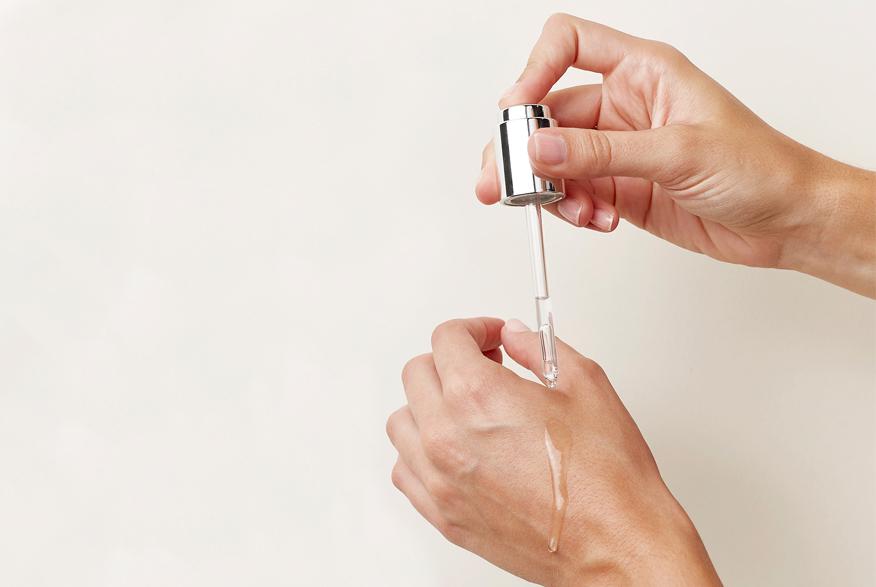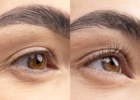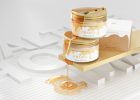Is your face skin getting worse and worse? Try acid-based therapy. Acids revive the complexion, add youthful elasticity and leave the face look rested and smooth. See the types of acids to choose from and how to use them in your beauty routine.

Types of acids for skin: three basic groups
1. BHAs (beta hydroxy acids) include salicylic acid which is known to all acne sufferers because it exfoliates and moisturizes, deeply cleans and seals the pores. It works wonders on any skin type.
2. AHAs (alpha hydroxy acids) are called fruit acids but not all of them are derived from fruits. The examples of AHAs include azelaic acid, glycolic acid, lactic acid, mandelic acid, malic acid, and kojic acid.
While looking for something to renew the epidermis fast and non-invasively, consider using AHAs. Toners based on the acids are trending now and turn out to be the best way to safely and effectively use acids at home.
AHAs are a powerful treatment to even out the skin tone, banish post-sun spots, get a smoother complexion, delay wrinkles, speed up renewal, get rid of acne breakouts or post-acne marks. AHA toner is a fast-working, revitalizing agent. AHAs are among the most popular acids used on skin. Apart from toners, you will find lots of creams or serums but be careful because the effect depends on the concentration of acids. Choose them carefully to avoid hurting the skin.
Glycolic acid is a brilliant alpha hydroxy acid derived from sugar cane, pineapples or sugar beets. It’s a deeply-conditioning substance which is easily dissolved in water, and therefore is a miracle maker for treatment aimed at removing all kinds of pigmentation marks, including post-acne spots. Glycolic acid relieves dry skin and replenishes moisture, makes pores less visible and controls oil secretion in combination complexion, as well as ramps up elastin and collagen levels in aging skin: two structural proteins that are essential to keep the skin’s youth.
3. PHAs (polyhydroxy acids) include lactobionic acid and gluconic acid. If you are a face acid beginner, you should consider buying gluconic acid because it’s the mildest and safest acid made from large molecules which slowly penetrate the skin and slightly exfoliate the epidermis. Therefore, PHAs are good to choose if the protective layer of your sensitive skin is damaged. They are suitable even for couperose skin.
How to use face acids at home?
A toner turns out to be the best, the safest and least invasive carrier for acids bringing great benefits. It’s no wonder it’s a craze for acid toners now. They perfectly condition the skin. Regular use produces amazing effects.
You just need to remember to use the proper concentrations of acids (e.g. max. 20% glycolic acid). Always check the guidelines and rules for using the acids on the face. If you want more intensive treatment, entrust yourself to a skilled esthetician.
Last must-remember tip: your skin may feel irritated and burn for a few minutes from putting the acid on your face. If it persists for longer, you should give the acid up.





Leave a Reply